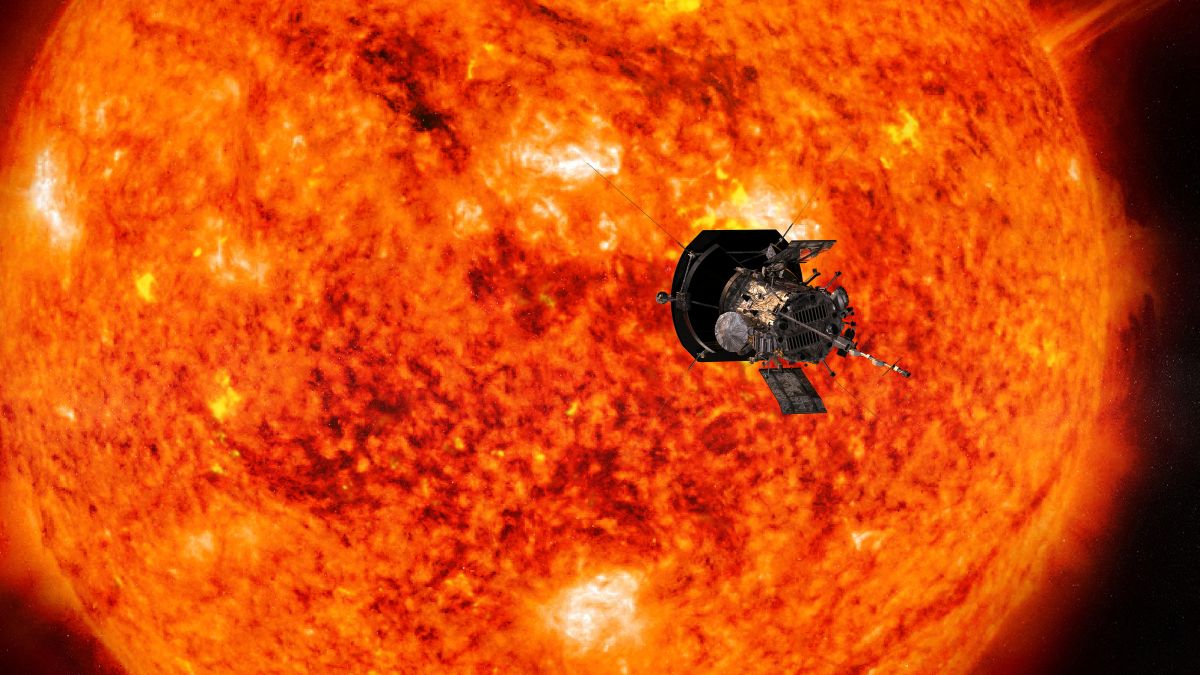The Sun recently erupted with its most powerful solar flare of 2025, a massive burst of energy that immediately impacted Earth’s atmosphere, leading to widespread radio blackouts across parts of Africa and Europe, as reported by Space.com. This event marks another sign that the Sun is heating up as it nears the peak of its powerful solar cycle.
The flare was classified as an X-class flare, which represents the most intense category of solar events. These powerful bursts of radiation travel at the speed of light, reaching Earth in just over eight minutes, and are known to cause significant disturbances, particularly to communication systems.
This specific flare originated from a large, highly active region on the Sun’s surface known as a sunspot. As the flare exploded, it released intense X-rays and ultraviolet radiation directly toward Earth.
Radio signals knocked out
Upon hitting our planet’s atmosphere, this surge of radiation caused an immediate and rapid ionization of the upper layers.
This dense, energised atmosphere then absorbed high-frequency radio waves, preventing them from bouncing back down to Earth. The result was a sudden shortwave radio blackout that affected vast swathes of both Africa and Europe.
These blackouts severely disrupted shortwave communication used by amateur radio operators, aviation, and some maritime traffic.
Although the flare was the strongest of the year, these events are a natural part of the Sun’s 11-year cycle of activity. As the Sun moves toward the maximum of this cycle, space weather experts anticipate more frequent and intense flares, meaning more potential disruptions to technology on Earth and in orbit.
)